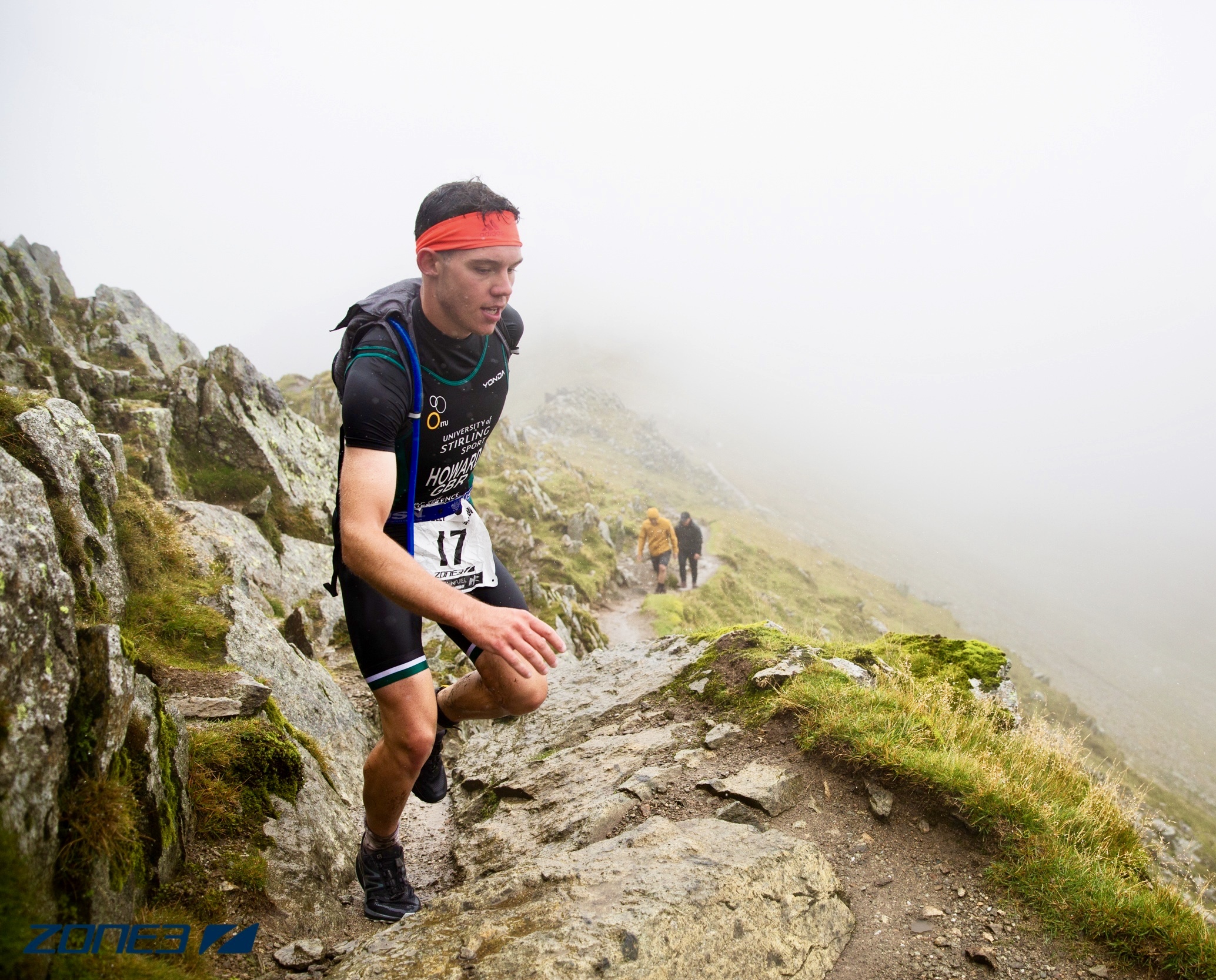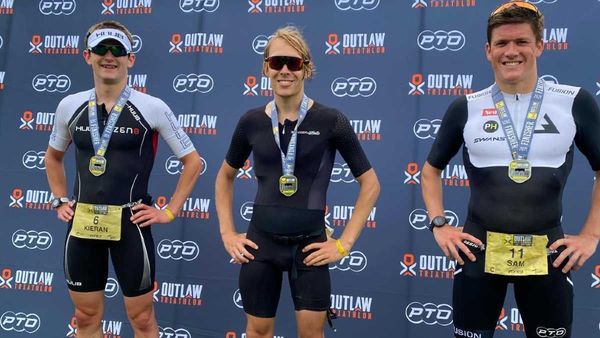Rise of the short-course triathletes: Outlaw Half Holkham 2021
The Outlaw Half Holkham 70.30 this week-end saw the rise of short-course triathletes who have switched to longer distance as the men’s podium lined up with three athletes who started their triathlon careers over shorter distance events.
All three, James Teagle (1st) Kieran Lindars (2nd) and Sam Wade (3rd) have all raced at international elite level for GB in ETU European Cup races over the shorter distance.

This is not to suggest that the best short-course athletes are better than the best long -course athletes, but what can be said is they are making the field deeper.
Debate will be had as to whether short-course triathletes have the mental capacity to be patient and to suffer in a way which is very different from the short and intense discomfort experienced during the shorter-distance events.
Nonetheless, the outcome at Outlaw Half Holkham 2021, does indicate short-course athletes are fit and fast enough to transfer to the longer distance. They’re strong in all areas. With superb running and swimming mechanics developed from years on the ITU circuit, these athletes have the basic tools to hold a fast pace at the longer distances.

They come from a background of training 30 hours a week, and while that may be a typical volume of long course elites the difference can be how they allocate their time. Short-course training is not going to get you through a 70.3 at the front of the field, however, the need in international short course racing to make the first pack on the bike, see these athletes devote about a third of their weekly hours to swimming and another huge chunk of time to drills and other sessions that promote speed and mechanical efficiency on the bike and run.
Kieran Landers talk about going long to TriNation Podcast Team
In the realisation that they’ve not going to medal at the Olympics over the standard distance these three athletes are, nonetheless, switching to longer distance at the pinnacle of their triathlon speed and efficiency: capable of swimming less than 17 minutes for the opening leg of an Olympic-distance triathlon and running 10Ks off the bike in 30 minutes or less. Whether it be swim, cycle or run, these athletes who come from an ITU background don’t have any weaknesses.
Their reasons for switching to longer distance will be numerous: a new challenge, an opportunity to earn more prize money and gain new sponsors to name but a few. But one thing is for certain they have altered the way long-course events are won or lost, adapting these events to their style of racing.
For the long-course veterans there can be no room for complacency. It’s all getting faster!





